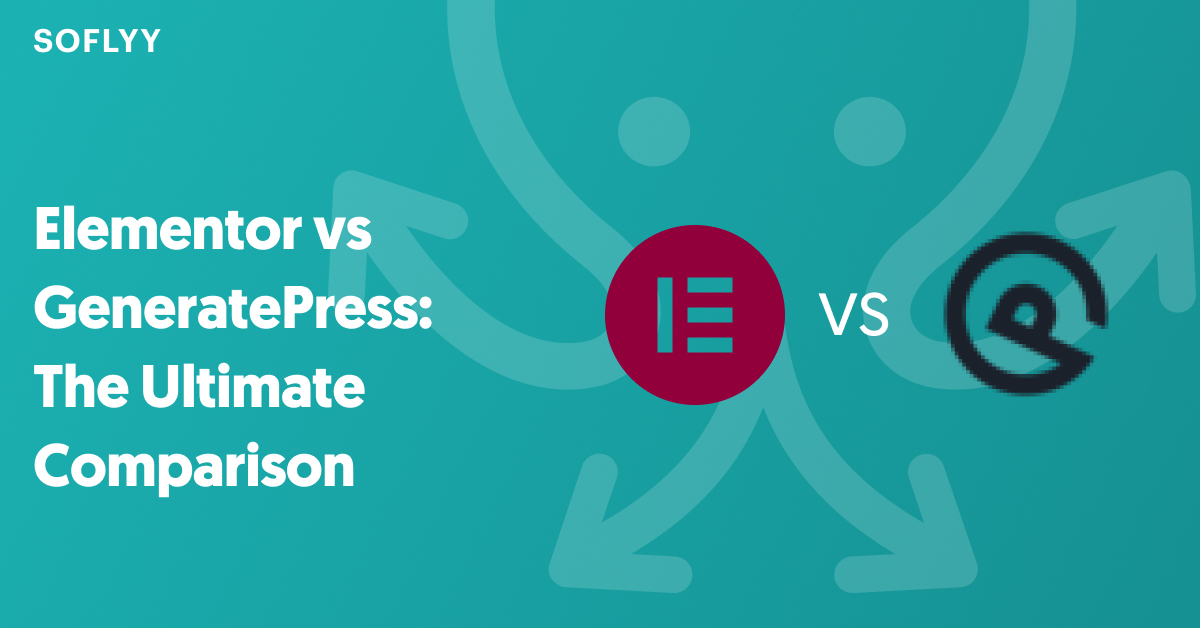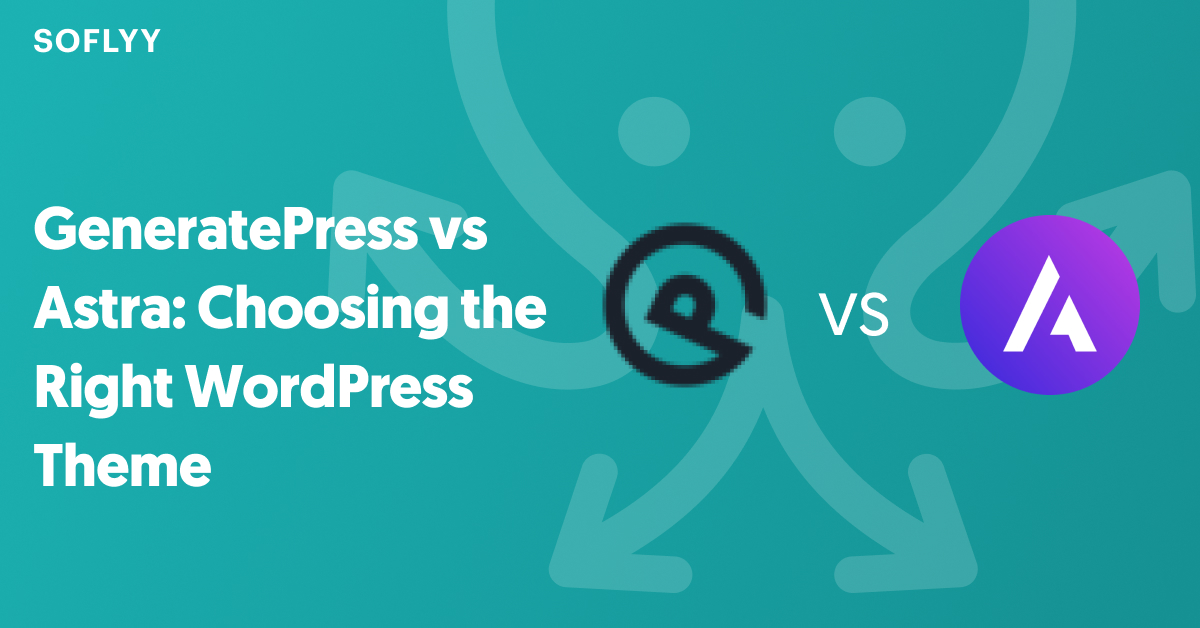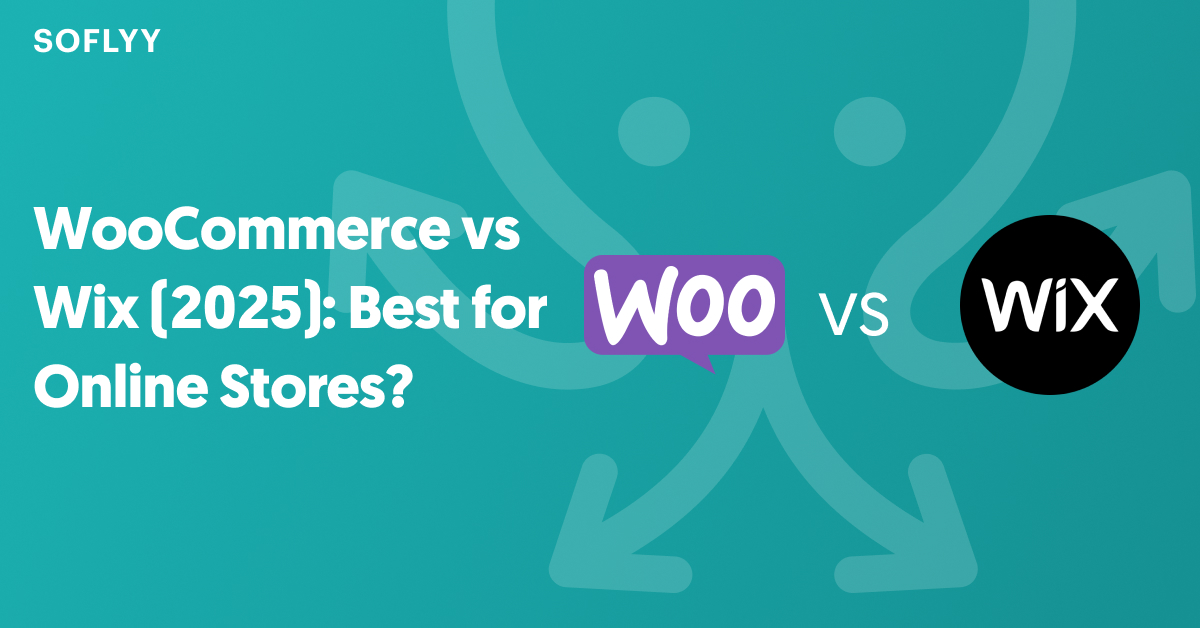Choosing the right WordPress page builder is crucial for creating a successful website, and two popular options often come head-to-head in this space: Elementor and Avada. These powerful website builders have established themselves as leading solutions for WordPress users, each offering unique features and capabilities that cater to different needs.
While Elementor has gained massive popularity for its intuitive interface and extensive free version, Avada has maintained its reputation as a comprehensive theme builder with an all-inclusive approach. For website owners and developers looking to make an informed decision, understanding the key differences between these platforms is essential.
In this detailed comparison, we’ll examine the core features, pricing, ease of use, and performance aspects of both Elementor and Avada to help you determine which solution best fits your website building needs.
Elementor vs Avada: Which is The Best Website Builder?
Before we get into the details, it’s important to know that both Elementor and Avada are top WordPress page builders. Your choice depends on what you need—ease of use, design flexibility, or advanced features. Here’s a comparison to help you decide which is best for your needs.
1. Elementor vs Avada: User Experience
Elementor User Experience
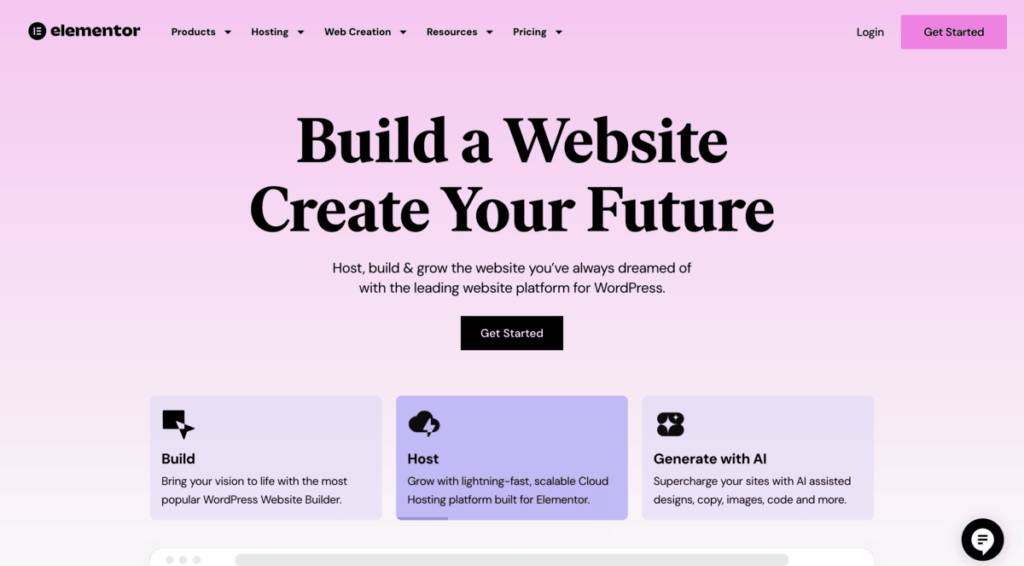
When it comes to user experience, Elementor stands out in the crowded field of WordPress page builders. With a focus on accessibility and efficiency, it offers an interface that caters to both newcomers and seasoned developers. Let’s delve into the interface features that make Elementor a popular choice for building websites.
Elementor’s drag-and-drop interface simplifies website design, allowing users to easily place widgets on the page without coding. This approach encourages creative experimentation, as changes can be made quickly, offering both flexibility and time-saving benefits.
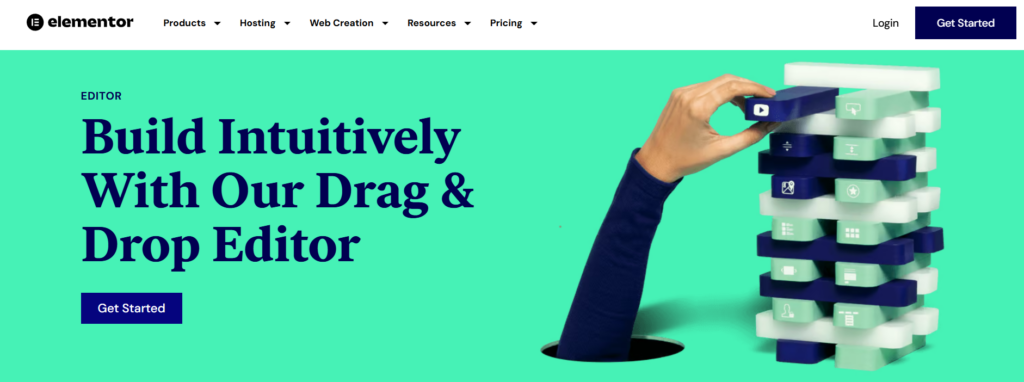
With its minimal learning curve, Elementor is accessible to users of all skill levels, from beginners to professionals. The layout is user-friendly, with clearly labeled sections that guide users through the process of building and editing pages with ease.
One of Elementor’s standout features is its live preview editing. This lets users see changes in real time, eliminating the need to switch between modes and making the design process smoother with faster adjustments.
The sidebar panel in Elementor acts as a central hub for widgets, displaying them alongside their customization settings. This intuitive layout allows users to quickly drag widgets onto the page and adjust settings, streamlining the workflow and boosting efficiency during the website-building process.

The Navigator panel in Elementor provides an organized way to manage your page layout. Acting as a wireframe view, it simplifies navigating through layers and elements, making it easier to move and rearrange individual components. This is especially helpful for handling complex layouts with precision.
Elementor also includes a global styling interface that streamlines the process of maintaining design consistency across your entire website. By defining typography, colors, and other design elements in one central location, users can ensure a cohesive, professional look without the need to style each page individually.
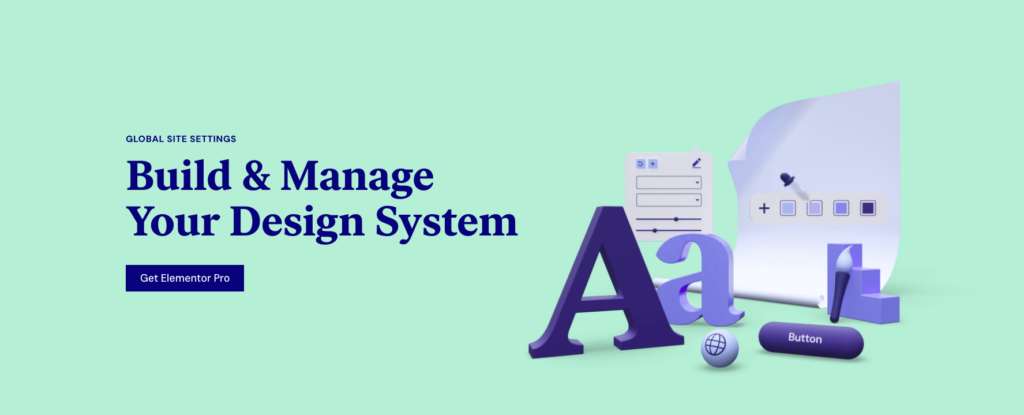
Elementor’s extensive library of pre-built templates is a major advantage, allowing users to create high-quality content quickly. These professionally designed layouts can be easily customized, enabling stunning results with minimal effort, making Elementor a time-efficient choice for any project.
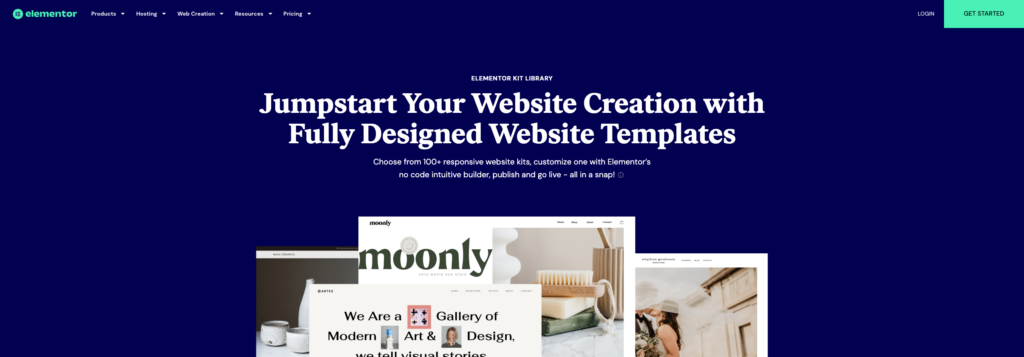
Overall, Elementor’s user experience is designed to empower users at every level. With its intuitive tools, real-time editing, and extensive resources, it simplifies the web design process while providing ample room for creativity and customization.
Avada Builder User Experience
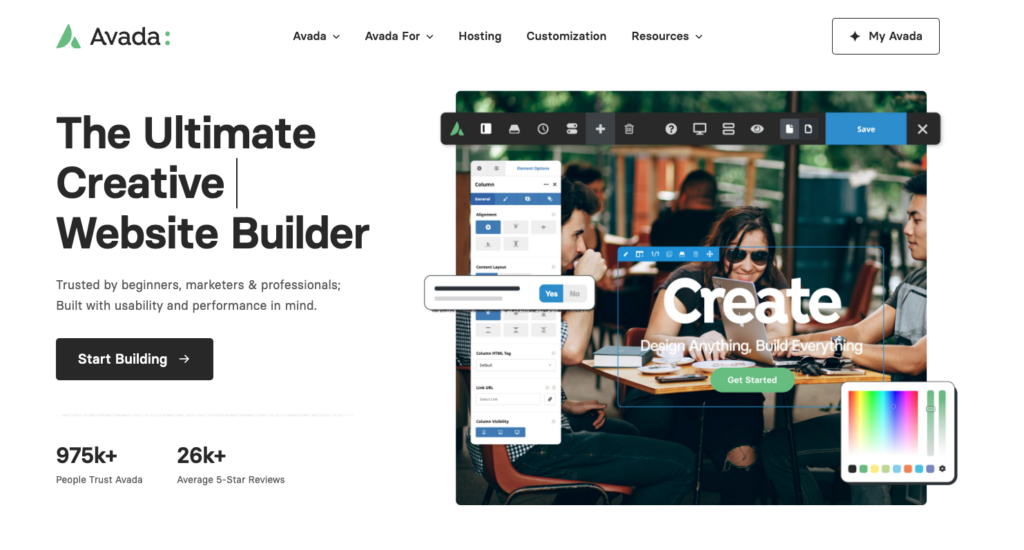
Avada stands out in the WordPress ecosystem with its powerful features designed for users of all levels. Its intuitive setup wizard, built-in page builder, and comprehensive options panel work together to offer a highly customizable web design experience, giving users both flexibility and control.
The setup wizard simplifies the website-building process by providing step-by-step guidance for initial configurations. This makes it easy for both beginners and experienced users to quickly set up their sites, minimizing the risk of missing important steps and ensuring a smooth, stress-free start with Avada.
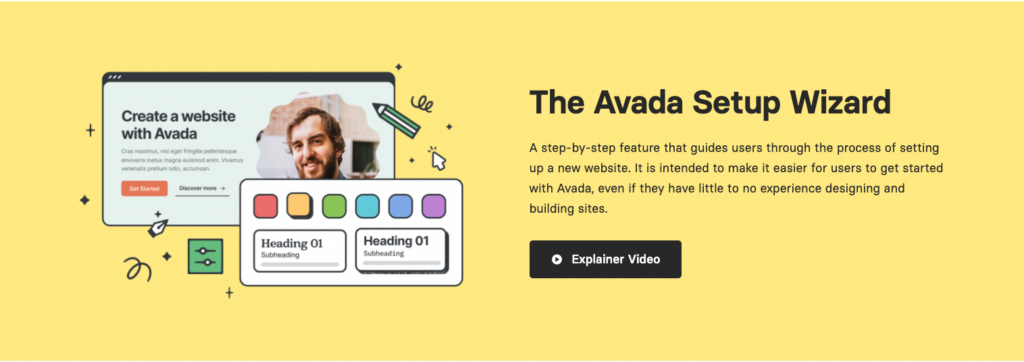
The Avada Builder features a drag-and-drop interface similar to Elementor but with more advanced customization options. While it allows for highly personalized layouts, its complexity may require some time to master.

Avada’s options panel gives users extensive control over their website’s appearance and functionality, allowing for deep customization. However, the large number of settings can be overwhelming for beginners, requiring time to explore and master.
In addition, Avada offers a sidebar panel for element customization, using icons to represent various settings. While this can speed up navigation for experienced users, newcomers may initially find the icon-based interface confusing and need time to adjust.
The customizable dashboard allows for both global and page-level design adjustments, offering precise control. While this is ideal for advanced users, it can be challenging for beginners due to its complexity and steeper learning curve.
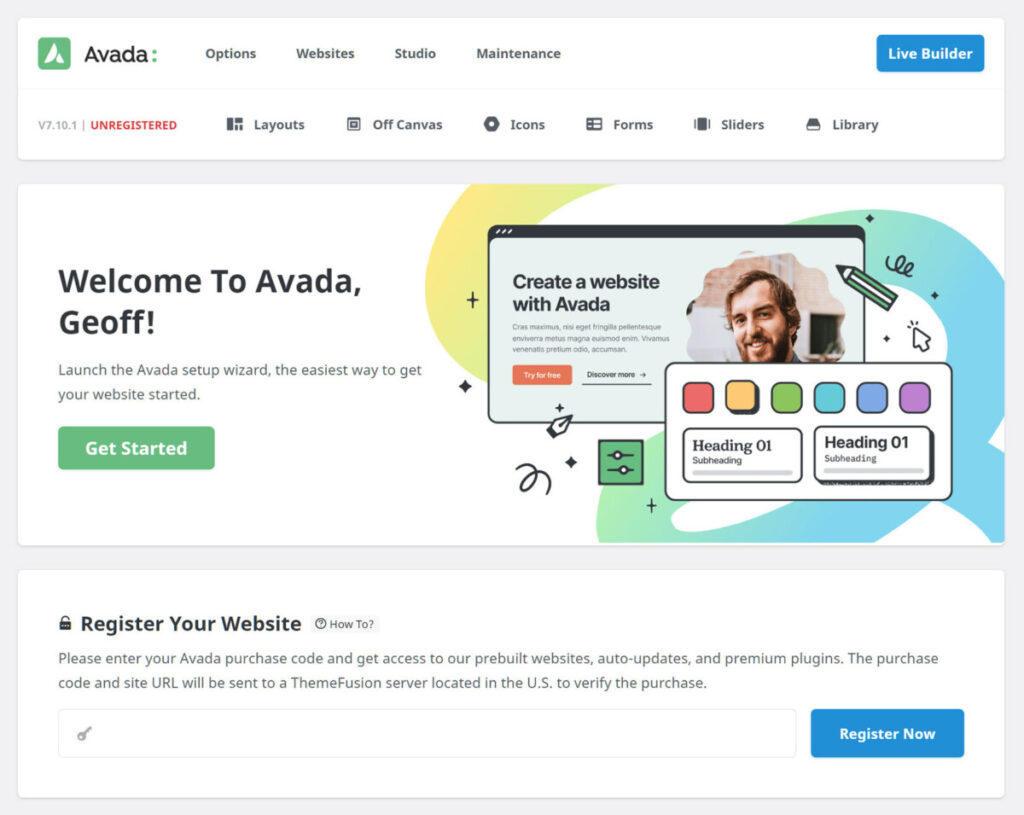
Avada offers a variety of pre-built layouts, providing a strong foundation for creating professional pages. However, integrating these layouts requires more steps compared to Elementor’s one-click import feature. While it may take a bit more time and effort, these layouts still offer valuable templates to help users begin their page design.

2. Elementor vs Avada: Customization and Design Options
Elementor Design Capabilities
Elementor offers a broad range of design tools that cater to users seeking both simplicity and flexibility.
Elementor is known for its global customization features, allowing users to apply consistent design styles across their entire website with minimal effort. This makes it easy to maintain brand consistency and update the site’s overall look without modifying individual pages, saving time in the process.
Elementor further enhanced its platform with new templates and widgets, expanding the available tools for users. These additions provide more creative flexibility, enabling users to design unique layouts for everything from personal projects to professional websites. With a growing selection of resources, Elementor makes it easier to bring creative visions to life.
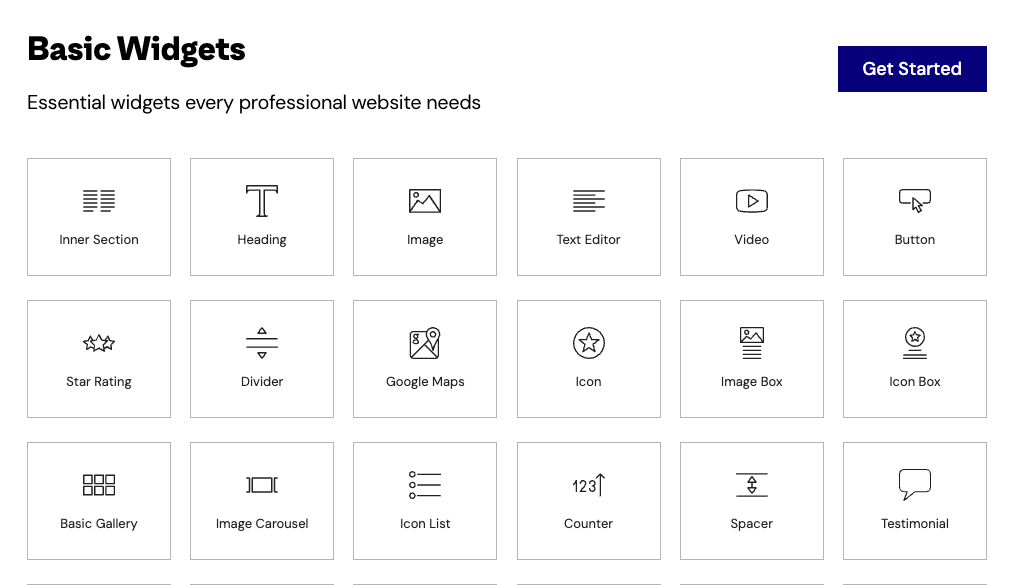
Elementor’s Theme Builder now includes custom dynamic tags, enabling users to personalize content by automatically populating fields with unique data. This feature is particularly valuable for sites with variable content, such as blogs or e-commerce stores, enhancing personalization and user engagement.
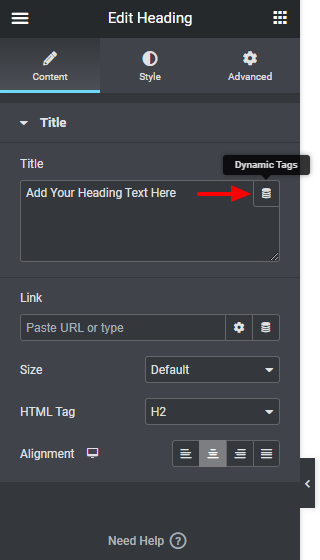
Elementor offers a variety of new animations and motion effects that make websites visually dynamic. These features enable users to create engaging, interactive experiences without needing coding skills, enhancing design and user engagement effortlessly.
Its design system streamlines site-wide updates, allowing users to adjust typography and colors across the entire website with a few clicks. This ensures consistency and saves time by eliminating the need to modify settings on individual pages.
Elementor’s widget customization is organized into a simple three-tab structure—Layout, Style, and Advanced. This intuitive system makes customization easy for beginners while providing powerful options for more experienced users, ensuring everyone can create a tailored website efficiently.
Avada Design Capabilities
Avada is known for offering deeper customization options than Elementor, appealing to users who seek total control over their website design. Its built-in builder allows precise adjustments to layouts and typography, but this level of customization requires more time and expertise.
Avada excels in dynamic content flexibility, integrating seamlessly with tools like Advanced Custom Fields (ACF) and custom post types, making it perfect for websites needing tailored, dynamic content. With over 108 pre-built templates for various industries, it provides a solid starting point, though integrating these templates takes more steps than Elementor’s one-click options.
Avada also allows users to upload custom fonts directly through the theme settings, offering greater typography control compared to Elementor.
Avada stands out for its ability to create complex layouts, providing more design possibilities than Elementor. While it comes with a steeper learning curve, users who invest the time can craft intricate, highly customized designs.
3. Elementor vs Avada: Performance and Speed
Elementor Performance
Elementor has significantly improved its platform’s speed, particularly with new updates. These advancements include reducing code bloat and introducing new caching features, helping websites load faster and run more efficiently without requiring technical expertise.
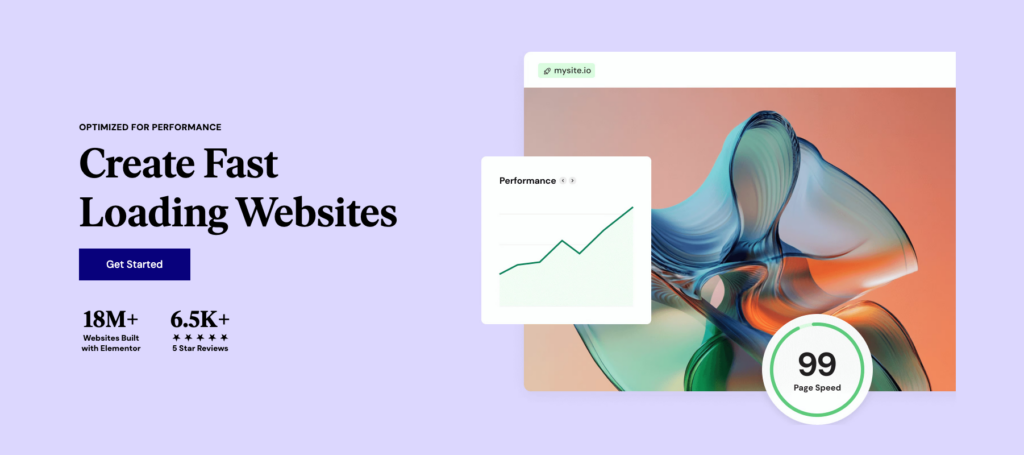
Features like lazy loading for images, inline CSS, and optimized asset loading contribute to faster page speeds, especially for media-heavy websites with large images or videos. Elementor also uses dynamic asset loading, ensuring only the necessary JavaScript and CSS files are loaded, further boosting performance by eliminating unused code.
Additionally, Elementor seamlessly integrates with popular performance plugins like WP Rocket and W3 Total Cache, offering users extra tools to optimize speed with minimal technical hassle.
Avada Performance
Avada offers powerful features, but its performance can be more resource-intensive compared to Elementor, making optimization more challenging. The extensive customization options and advanced features often require higher server capacity, which can lead to slower load times, especially with lower-tier hosting plans.
To optimize performance, Avada users often rely on tools like server-side caching or Content Delivery Networks (CDNs), which add complexity and require some technical knowledge.
Avada includes a built-in performance panel that lets users disable elements that may be slowing down the site, but fine-tuning these settings takes time and effort. It also offers script control settings, allowing users to specify which scripts load on particular pages. While this provides more flexibility, managing these settings can be time-consuming, especially for larger sites.
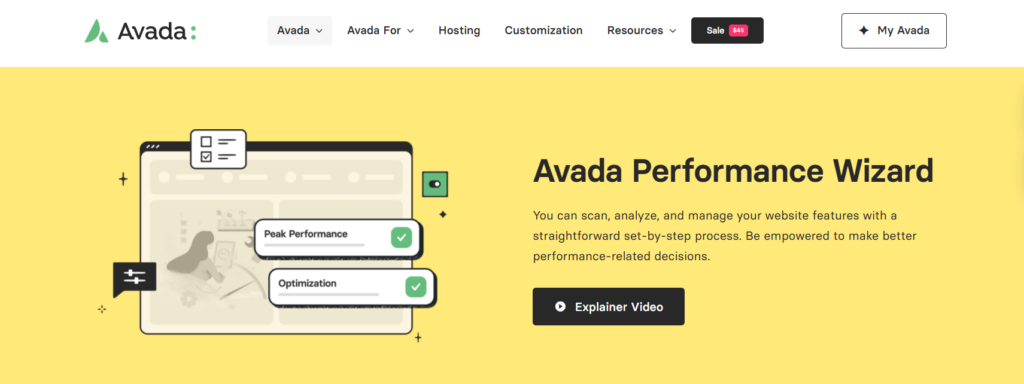
4. Elementor vs Avada: Support for Developers and Advanced Users
Elementor for Developers
Elementor provides several developer-friendly features that make it easy to customize and extend functionality. Developers can integrate custom code, such as CSS, JavaScript, and HTML, directly into pages, enabling advanced design adjustments without altering the core theme files.
The Developer API allows for the creation of custom widgets, enhancing functionality and providing personalized features for clients. Additionally, the Theme Builder Integration enables the use of dynamic, data-driven layouts with custom tags, simplifying the management of content-heavy sites.
Elementor also supports custom breakpoints for responsive designs, ensuring optimal display across devices. Lastly, the vibrant Elementor Expert Community offers collaboration and resources, helping developers find solutions and share knowledge.

Avada for Developers
Avada offers a range of advanced developer tools for greater flexibility in customization. Developers can insert custom code snippets and use hooks, allowing for unique, tailored site builds that go beyond the default settings.
It also supports custom post types and theme modifications, offering extensive control over the backend for seamless adaptation to various content structures. Avada allows developers to add custom CSS and JavaScript, providing full control over site functionality and design.
The theme includes a developer-focused template library, making it easier to replicate and modify designs, speeding up development without compromising quality. Additionally, Avada integrates smoothly with Advanced Custom Fields (ACF), enabling dynamic management of custom content for more flexible client solutions.
5. Elementor vs Avada: Third-Party Add-On Ecosystem
Elementor Add-On Ecosystem
Elementor stands out by offering a vast selection of third-party add-ons that significantly enhance its core features. These add-ons provide extra widgets, design elements, and custom modules, allowing users to take their designs to the next level. With these additions, Elementor users can access more functionality and versatility in their designs, catering to a variety of specific needs.
In addition to the add-ons, Elementor also offers a marketplace for templates, where users can easily access a wide range of pre-made layouts. This feature simplifies the design process, enabling users to implement professionally crafted templates without the need to start from scratch. The availability of these templates ensures that users can quickly create stunning websites with minimal effort.
Some of the most popular add-ons that integrate seamlessly with Elementor include Essential Add-ons for Elementor, Woolentor, ElementsKit, and Happy Add-Ons. These plugins provide users with expanded design options and advanced features, further enhancing the flexibility and creativity Elementor offers. These add-ons help users build more dynamic and feature-rich websites, making the design process even easier and more efficient.
Avada’s Ecosystem
Avada offers several built-in integrations that reduce the need for third-party add-ons. Features such as charts, countdown timers, and Image Hotspots are included, making it easier for users to enhance their websites without relying on additional plugins. This can save time and simplify the setup process for those looking for a more streamlined solution.
Although Avada is compatible with many popular plugins, users should be aware that some plugins may require thorough testing to ensure compatibility. While it works well with most common plugins, it’s important to verify that specific tools or features will function smoothly with Avada, as there may be occasional conflicts or limitations.
The theme also comes with a variety of pre-made demos that include integrated features like Contact Form 7, WooCommerce, and Slider Revolution. These built-in tools make it easier for users to get started with their website setup, providing essential functionality without the need for additional installations.
On the downside, Avada has a limited add-ons marketplace compared to other page builders like Elementor. While it offers plenty of customization options, users looking for a wide range of third-party add-ons may find Avada’s marketplace lacking. This can restrict some users from expanding their website’s functionality as much as they might want.
6. Elementor vs Avada: Pricing and Licensing
Elementor Pricing Plans
Elementor offers a range of pricing options for users, from beginners to agencies. The free version lets users explore basic features before committing, ideal for those testing the platform.
Paid plans start at $59 per year for a single site, with options tailored to different user needs, including agencies. Higher-tier plans unlock advanced features, such as 86 Pro widgets, popup builder, and enhanced WooCommerce builder, offering greater customization and performance.
Avada Pricing Plans
Avada offers a one-time payment of $69, providing lifetime access to updates, security patches, and new features without ongoing costs. This makes it a cost-effective solution for users seeking long-term value.
However, the purchase includes only six months of customer support, and extended support is available for an additional fee. Unlike Elementor, Avada does not offer a free version, so users must commit financially before exploring the theme’s features.
Elementor vs Avada: Which is Best in 2024?
Elementor stands out for its beginner-friendly interface, extensive template library, and continuous updates, making it an excellent choice for those prioritizing a modern experience and scalability. Its robust ecosystem supports both small and large projects effectively.
Avada is better suited for experienced users who desire advanced customization and a one-time purchase option. With its extensive built-in features, Avada offers great value for those willing to invest time in mastering its more complex capabilities.
Ultimately, Elementor is recommended for users seeking ease of use and flexibility, while Avada appeals to those looking for deep customization options.
Check Out a Better Alternative to Both Elementor and Avada
If you’re looking for even more design flexibility, consider Breakdance. It offers more design options than Elementor and Avada, with an intuitive interface and advanced features for both beginners and developers. Breakdance combines ease of use with powerful customization, making it a strong alternative to both platforms.
